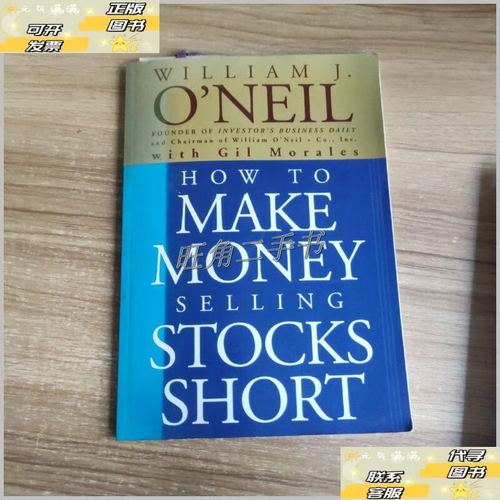Understanding the Market
Before diving into the world of online selling, it’s crucial to understand the market you’re entering. Research the items you’re interested in selling, their demand, and the competition. Use tools like Google Trends and Amazon Best Sellers to gauge interest and potential profitability.
Choosing the Right Platform
Decide which online marketplace suits your needs best. Amazon, eBay, and Etsy are popular choices, each with its unique selling points. Amazon offers a vast customer base and robust seller tools, while eBay is known for its auction-style listings. Etsy, on the other hand, is perfect for handmade and vintage items.

Setting Up Your Store
Once you’ve chosen a platform, create your store. This involves setting up a seller account, choosing a store name, and customizing your storefront. Make sure your store is visually appealing and easy to navigate. Use high-quality images and detailed descriptions to showcase your products effectively.
Product Selection
Select products that align with your interests and expertise. Consider factors like cost, demand, and competition. You can start by selling items you’re passionate about or by sourcing products from suppliers. Research dropshipping and print-on-demand options if you prefer not to handle inventory.
Optimizing Your Listings
Optimize your listings to improve visibility and attract more customers. Use relevant keywords in your titles and descriptions, and include high-quality images from multiple angles. Highlight the unique features and benefits of your products to stand out from the competition.
Pricing Your Products
Set competitive prices for your products. Consider factors like production costs, shipping fees, and your desired profit margin. Use tools like Amazon’s seller central or eBay’s price guide to determine the market price for similar items.

Marketing and Promotion
Utilize various marketing strategies to promote your products. Social media platforms like Instagram, Facebook, and Pinterest are excellent for reaching potential customers. Offer promotions, discounts, and bundle deals to incentivize purchases. Consider running paid ads to increase visibility.
Handling Orders and Customer Service
Ensure you have a system in place for handling orders efficiently. Use reliable shipping services and provide accurate tracking information to customers. Offer excellent customer service by promptly responding to inquiries and addressing any issues that arise.
Expanding Your Business
As your business grows, consider expanding your product range and exploring new marketplaces. Attend trade shows and networking events to connect with potential suppliers and customers. Continuously analyze your sales data to identify trends and make informed decisions.
Table: Comparison of Online Marketplaces
| Marketplace | Target Audience | Key Features | Best for |
|---|---|---|---|
| Amazon | Wide range of customers | Robust seller tools, vast customer base | General product sales |
| eBay | Customers looking for deals | Auction-style listings, seller protection | Discounted items, collectibles |
| Etsy | Customers seeking unique, handmade items | Handmade and vintage items, seller support | Handmade goods, vintage items |
Conclusion
Selling items online can be a lucrative venture if done correctly. By understanding the market, choosing the right platform, and implementing effective marketing strategies, you can build a successful online business. Remember to stay adaptable and continuously analyze your sales data to make informed decisions.



